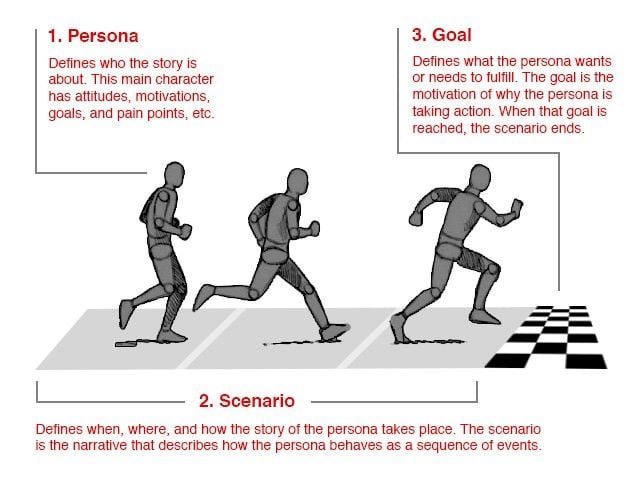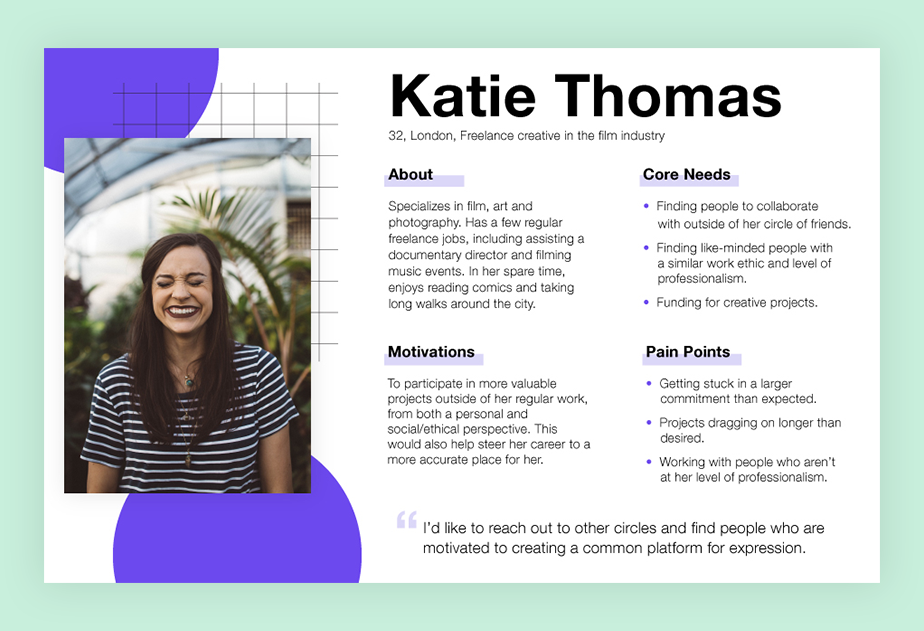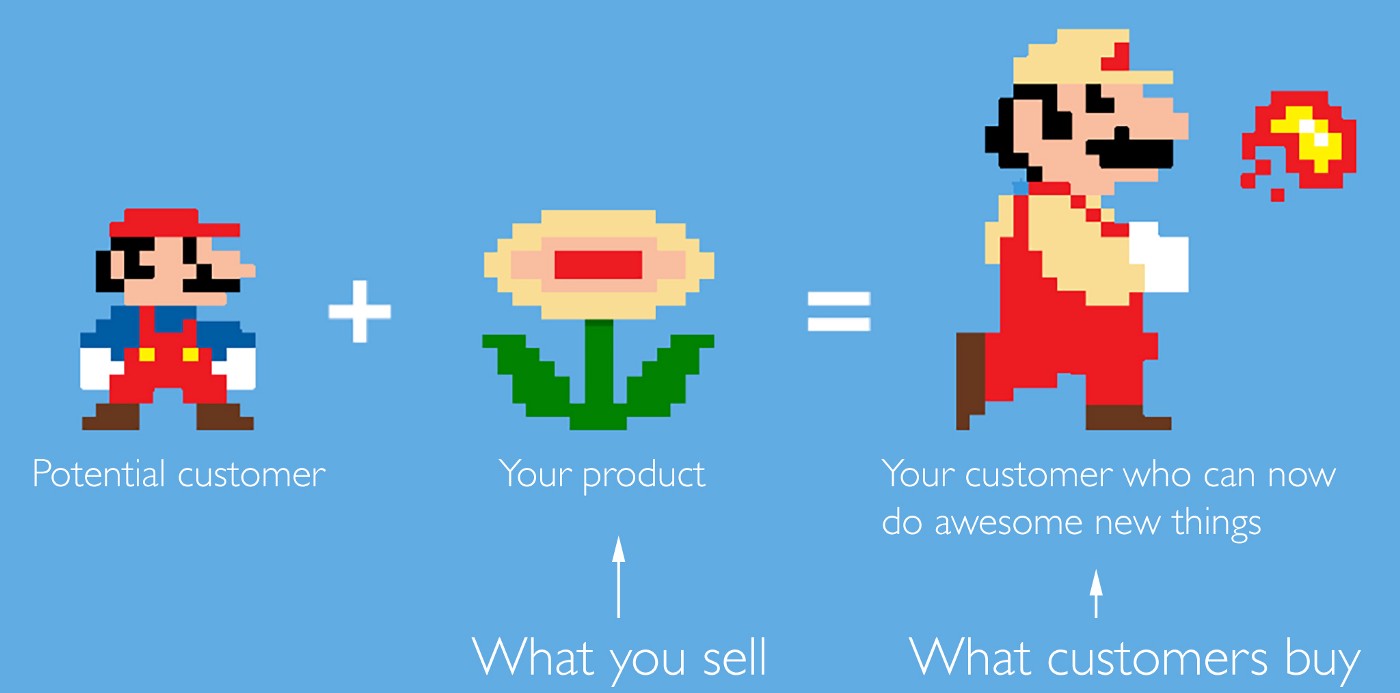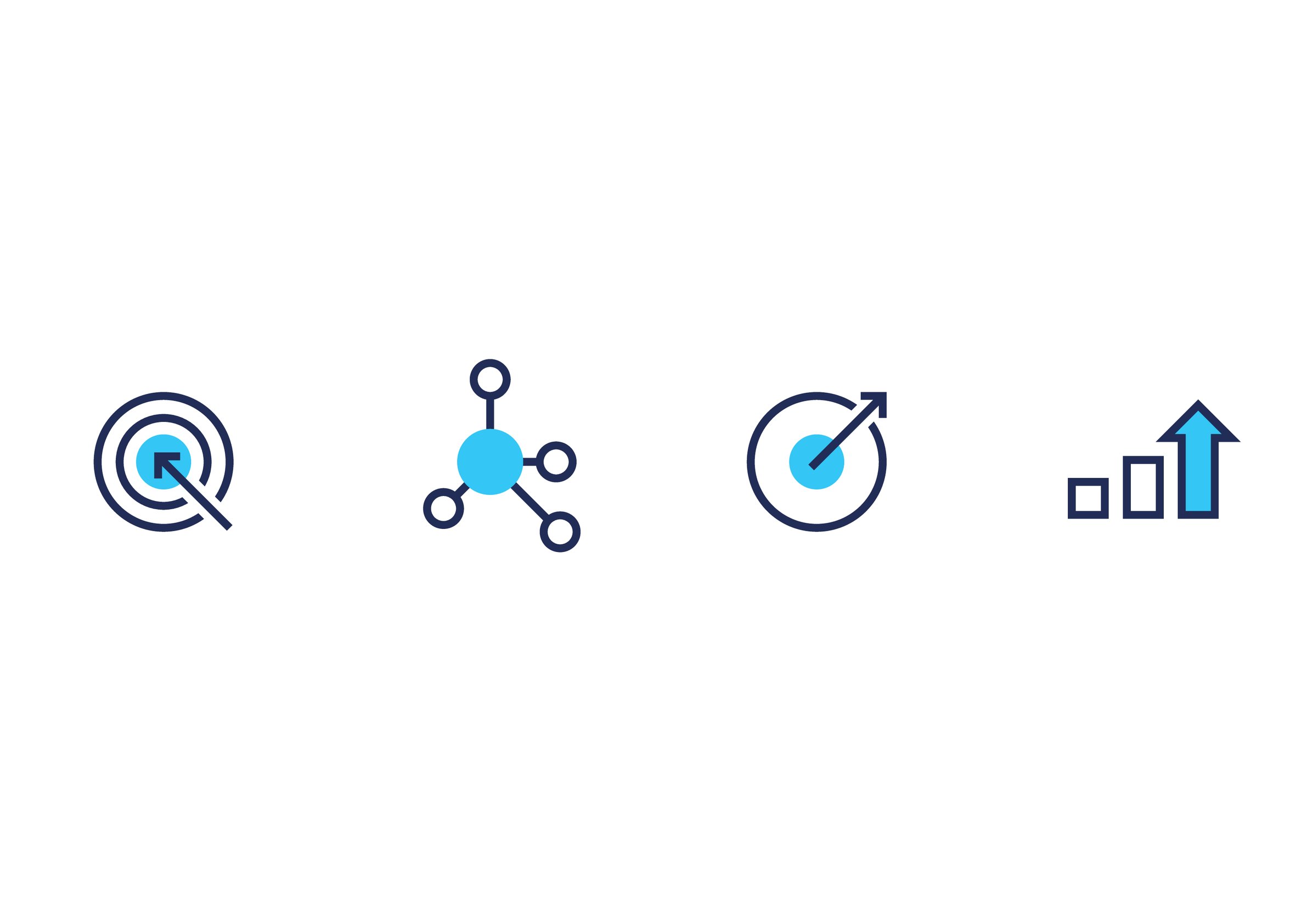User Personas vs. JTBD: Everything You Need To Know About the Two Top User Research Methods

In this article
User research is at the heart of all user-centric design. User experience (UX) designers spend significant time and energy understanding their users in great detail before creating digital products. In this process, they use a wide range of tools. Two of the most common ones are user personas and Jobs To Be Done (JTBD).
In this blog post, we will explore:
- What are user personas?
- Why are user personas created?
- How do you create a good user persona?
- What is Jobs To Be Done?
- Why is Jobs To Be Done used?
- How do you create a good Jobs To Be Done list?
- What is the difference between user personas vs. Jobs To Be Done?
- Which one is better for UX design?
What Are User Personas?
“User personas are fictitious yet realistic representations of your target users”, define the Nielsen Norman Group. They define the user, their needs, wants, behaviors, anxieties, motivations, frustrations, etc. It is commonly misunderstood to be a fictionalized version of a demographic study. In fact, it is much more than that. Personas focus extensively on behaviors to enable user empathy.
Typically, a user persona looks like this:
All user personas will definitely have three things: A picture, a name, and a demographic profile. The picture, sometimes an avatar or an illustration, of the persona, serves to make the persona archetype as close to reality as possible. The name is used to give the persona relatability and memorability. The demographic profile includes the user’s age, gender, location, profession, etc.
Designers also include data around the users:
- Motivations, goals, challenges, etc.
- Communication habits such as the magazines they read, social media usage, etc.
- Brands association preferences and reasons
- Influences such as the people they follow, books they read, communities they belong to, etc.
Sometimes, designers also look for data that are specific to the product they’re building. For instance, if you’re building a time-tracking app, you might collect specific information around their calendar use, whether they charge by the hour, do they need to track time on the move, etc.
Get To Know Other Design Students
Parker Konz
Visual Designer at Gorilla Group
Sinem Ozkaya
UX Designer at Microsoft
Aisha Butt
UX Associate at Meta
Why Are User Personas Created?
To have a clear, specific, and detailed understanding of the target audience.

The user persona serves as an anchor for every step of the user experience design process. It offers insights that can help teams focus on the user throughout the product development journey.
Before design: Personas are used to create user empathy among design and development teams, which will, in turn, help them ensure that their products always focus on the user. In addition, it will influence the way user journeys are mapped, features are chosen, information architecture is laid out, etc.
During the design phase: Personas help answer questions and settle debates about design decisions. For instance, if there is a debate around whether the website must have a social share feature below blog posts, looking at whether the user persona is social media savvy will help make the decision. It might also inform your inclusive design practices. Often, during this stage, user personas are used to eliminate individual biases and assumptions around ‘good design’ and bring the focus back to the target audience’s needs.
After design: Personas help evaluate if the product that’s been designed meets the user’s needs. UX researchers use personas while choosing participants for usability testing.
How Do You Create a Good User Persona?

Complex digital products use multiple user personas, created with intricate detail, not only for the product design but to shape the entire brand experience across branding, marketing, after-sales services, etc. So, a good user persona needs to be thorough. To achieve that,
Begin with comprehensive user research: Using a wide range of research methods such as surveys, longitudinal studies, 1:1 interviews, focus groups, observational research, etc., collect data about your audience.
Identify common attributes: Analyze the data to identify features and attitudinal details that are common among your users. If there are similar attributes, club them together. If there are a few that rarely appear, eliminate them.
Create a cluster of personas: It is best not to have more than 3-5 specific personas. Make sure that they’re distinct from one another. While creating a persona,
- Outline their demographics, including how old they are, where they live, their education/salary level, gender, etc.
- Include their psychographics, such as their goals, motivations, frustrations, etc.
- Identify their preferences, such as the subscriptions they have, products they use, etc.
- Describe the context within which they’ll use your product: Are they using it for work? Do they make money from it? How often would they use it? etc.
Resist the temptation to get too familiar with the persona and keep it relevant to the product you’re building. For instance, a user persona’s reading habits might not be relevant if the product you’re building is an online poker website. Not all information is good information for the creation of personas. So, make it most relevant to avoid distractions.
Also, make it memorable. For instance, giving the persona a name helps identify and remember that archetype. Design teams also use photos or illustrations to aid memorability through visual cues.
Use the personas: As discussed earlier, a user persona is helpful throughout the design and development process. So, ensure that you anchor all your design and product reviews to the user persona.
What Is Jobs To Be Done?

Jobs To Be Done is an alternative approach to understanding the user. The JTBD theory suggests that users “hire” products to perform “jobs” that they need to be done. Therefore, it posits that knowing what jobs the user needs to be done is a clear enough list of user needs.
Why Is Jobs To Be Done Used?

“People don’t want to buy a quarter-inch drill. They want a quarter-inch hole!” — Harvard Business School marketing professor Theodore Levitt.
That ‘quarter-inch hole’ is the job to be done. The primary purpose of the JTBD method is to learn the goals for which users “hire” products. From here, design teams understand the needs of the user and develop product features to address them.

Compared to user personas, JTBD is a relatively new framework. It draws from traditional methods like task analysis and use cases but flips it on its head. The JTBD method moves away from what the user’s task is or how to accomplish it and shifts the focus on what outcomes the user wants to achieve and what features they need to achieve it.
How Do You Create A Good Jobs To Be Done List?
The key focus of the JTBD list is the outcomes that the user wants to achieve. As an emerging framework highly debated in the design community, there are few established standards for creating JTBD lists. However, typically, it is categorized as functional, social, and personal outcomes. Let’s take the example of someone ordering a pair of headphones online.

Functional needs may be:
- Listen to music, podcasts, etc. and speak in calls comfortably
- Long battery life
- Fit into their budget
- Not occupy too much space in the luggage
Social needs may be:
- Appear like a user of premium products
- Not hear voices/sounds from around them
Personal needs may be:
- Feeling comfortable on the ear
- Be easy to clean and odor proof
What Is the Difference Between UserPersonas vs. Jobs To Be Done?
At the fundamental level, user personas focus on who the user is and Jobs To Be Done focuses on what outcomes they want to achieve.
| User personas | Jobs To Be Done |
| Focuses on who the user is—demographics, psychographics, motivations, etc. | Focuses on the jobs they want to be completed |
| Promotes user empathy | Promotes design efficiency |
| Accommodates multiple user personas and their respective goals, needs, etc. | Generalizes user needs among a wide range of users |
| Used to prioritize features to be built based on how it will impact various user personas | Might be inefficient in prioritizing features because it treats all users who need the same job done as the same. For instance, a professional audio engineer and a casual business user might both need to “Listen to music, podcasts, and speak in conference calls comfortably.” However, the audio quality they demand might be diametrically opposite. |
| Emphasizes putting a face to the profile to invoke a human connection and empathy to the thought process. | Emphasizes avoiding details about individuals to eliminate biases and simply focus on the task at hand. |
User Personas vs. Jobs To Be Done: Which Is Better For UX Design?
Both personas and Jobs To Be Done are approaches that help understand users and validate their needs. User personas identify who the users are and what their goals are. Jobs To Be Done identify the goals and the possibilities to achieve those goals. Most often, personas and JTBD are two jigsaw pieces that click together to create a complete picture. So, the ideal approach to user experience design might just be a thoughtful combination of user personas and Jobs To Be Done.
Related Read: What Does a UX Designer Do?

Since you’re here…
Are you a future UX designer? Enroll in our UI/UX Bootcamp and join over 10,000 students who have successfully changed careers with us. Want to get wireframing right this second? Check out our free UX learning path today.





